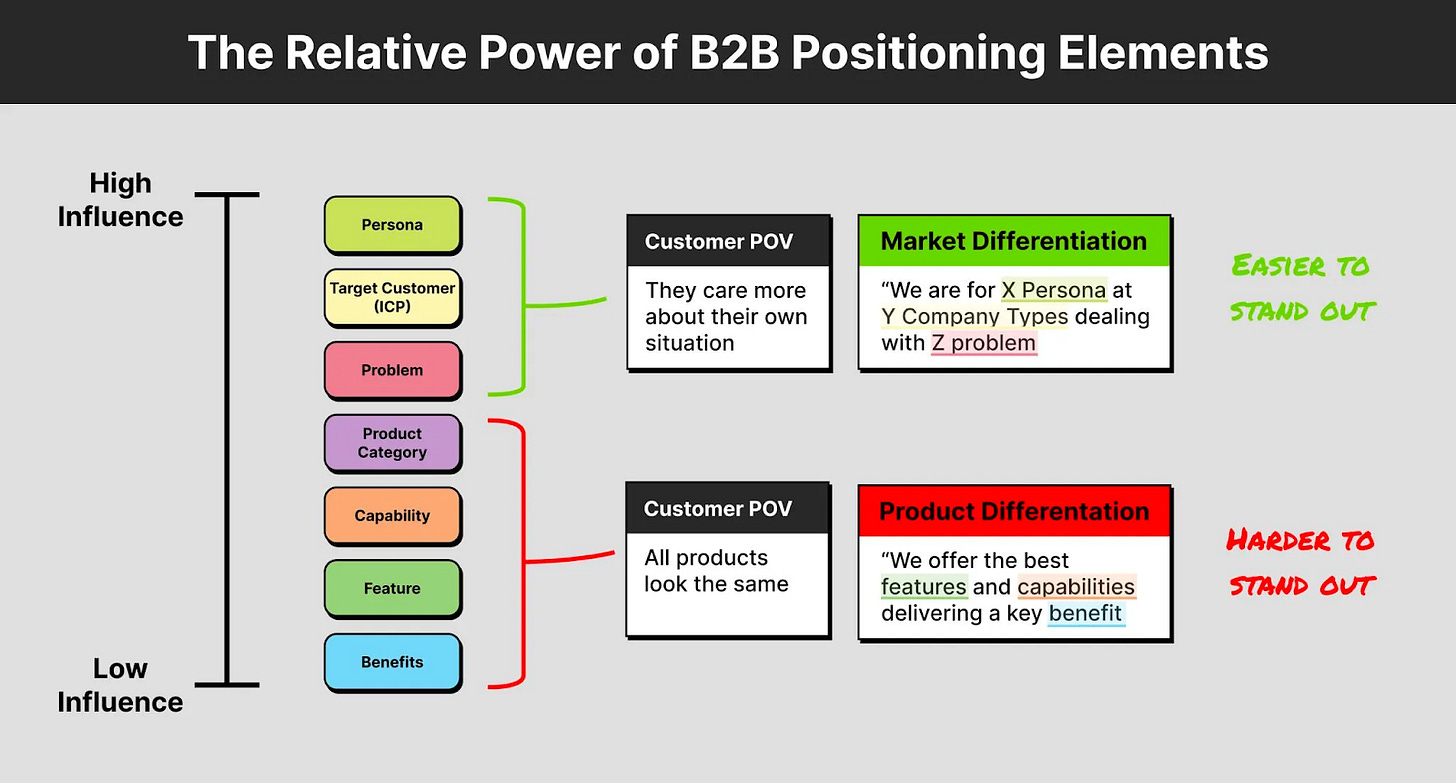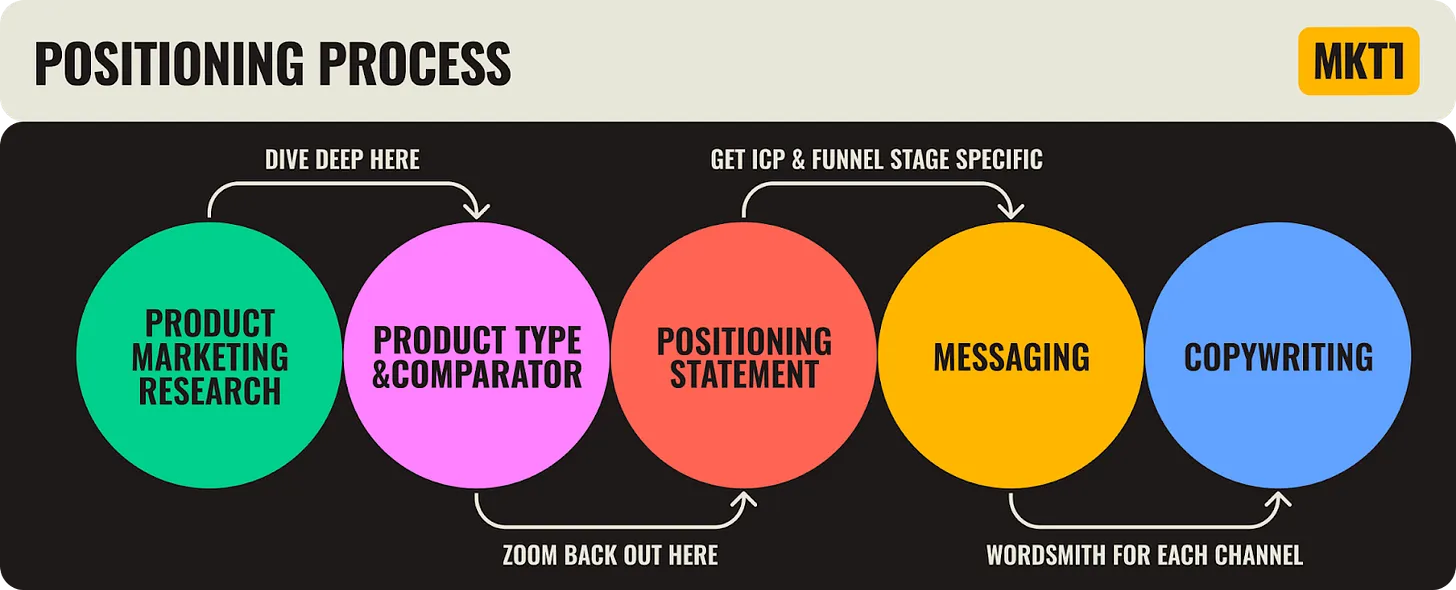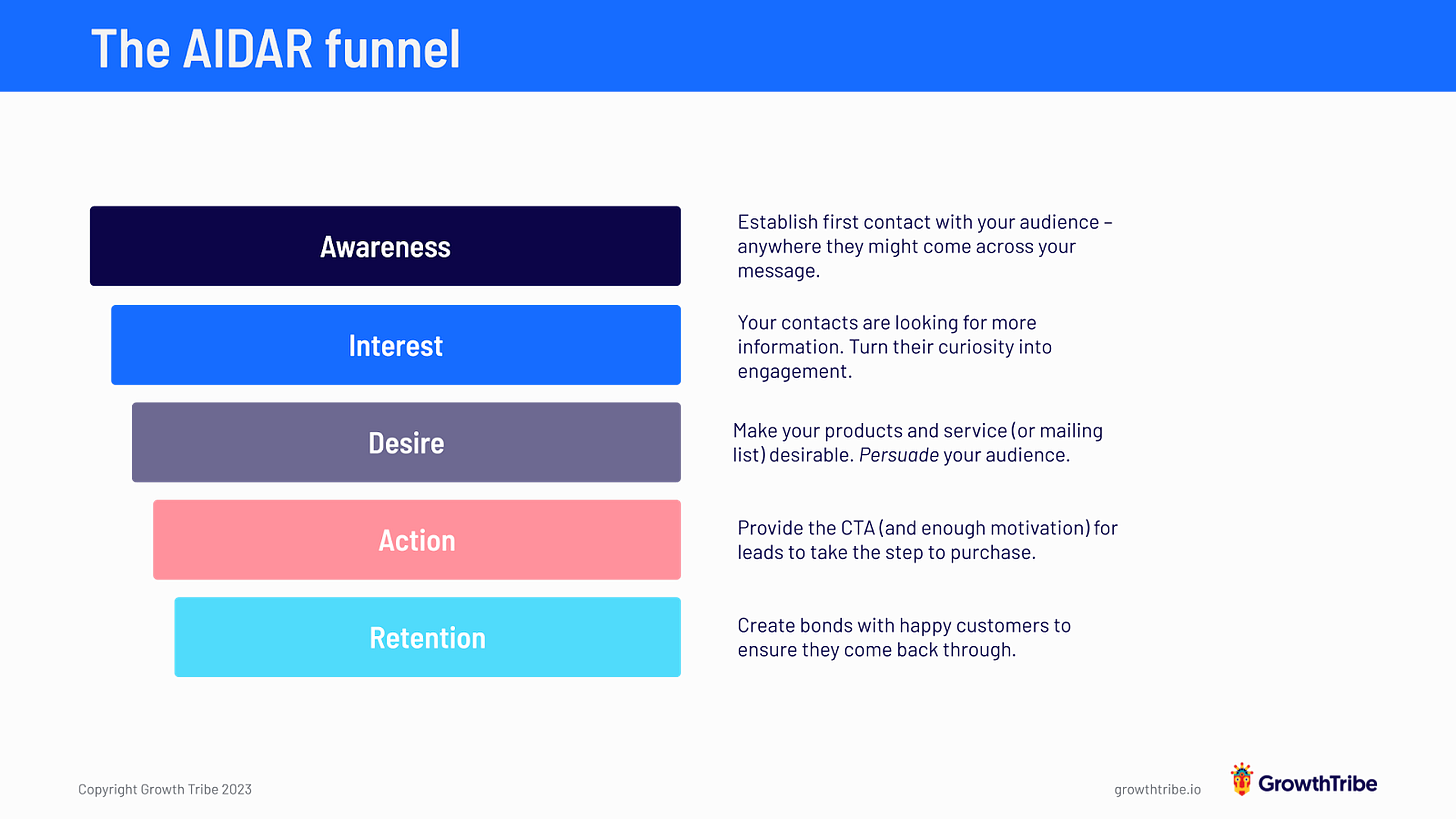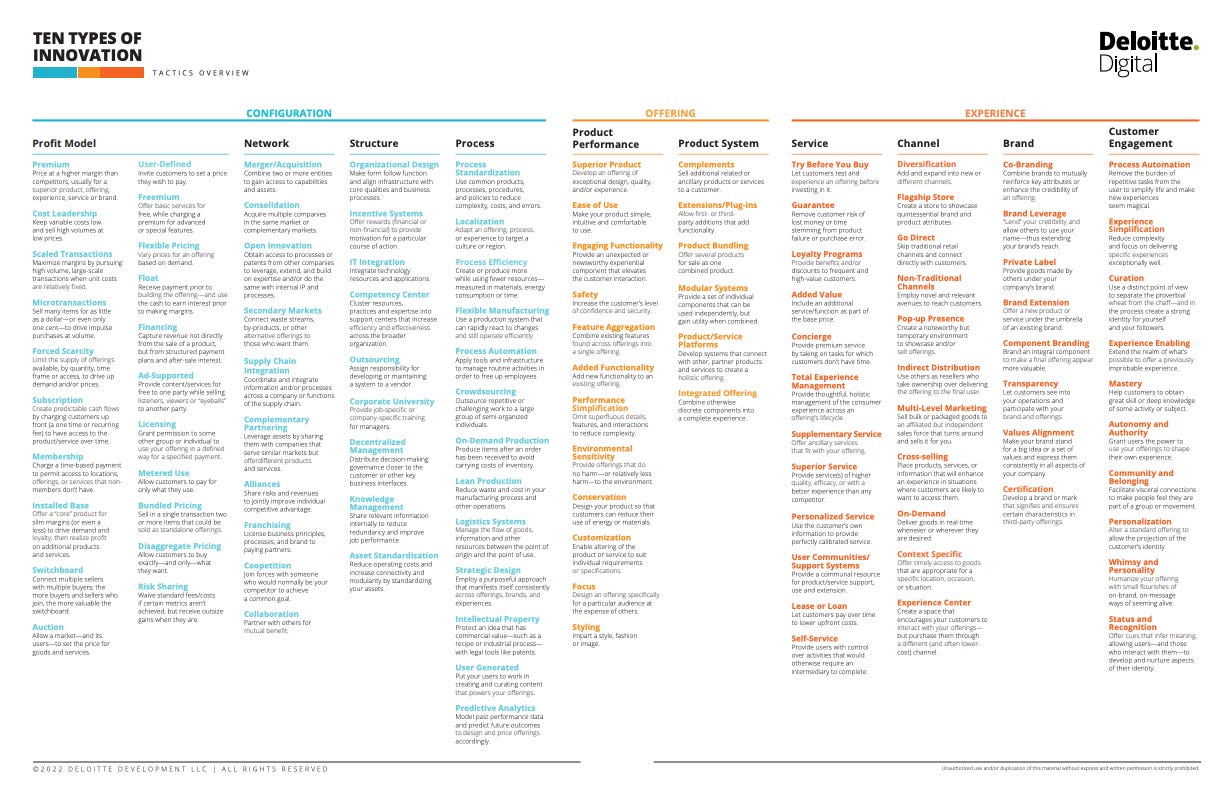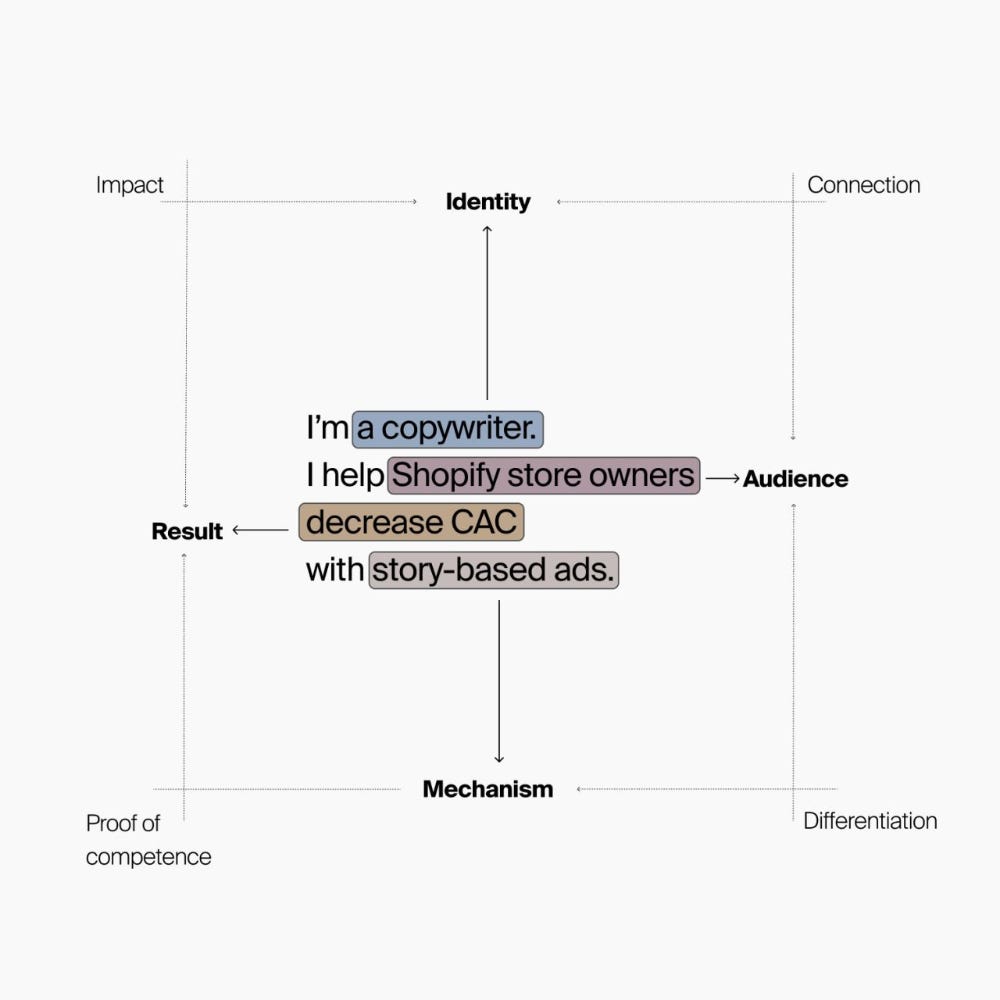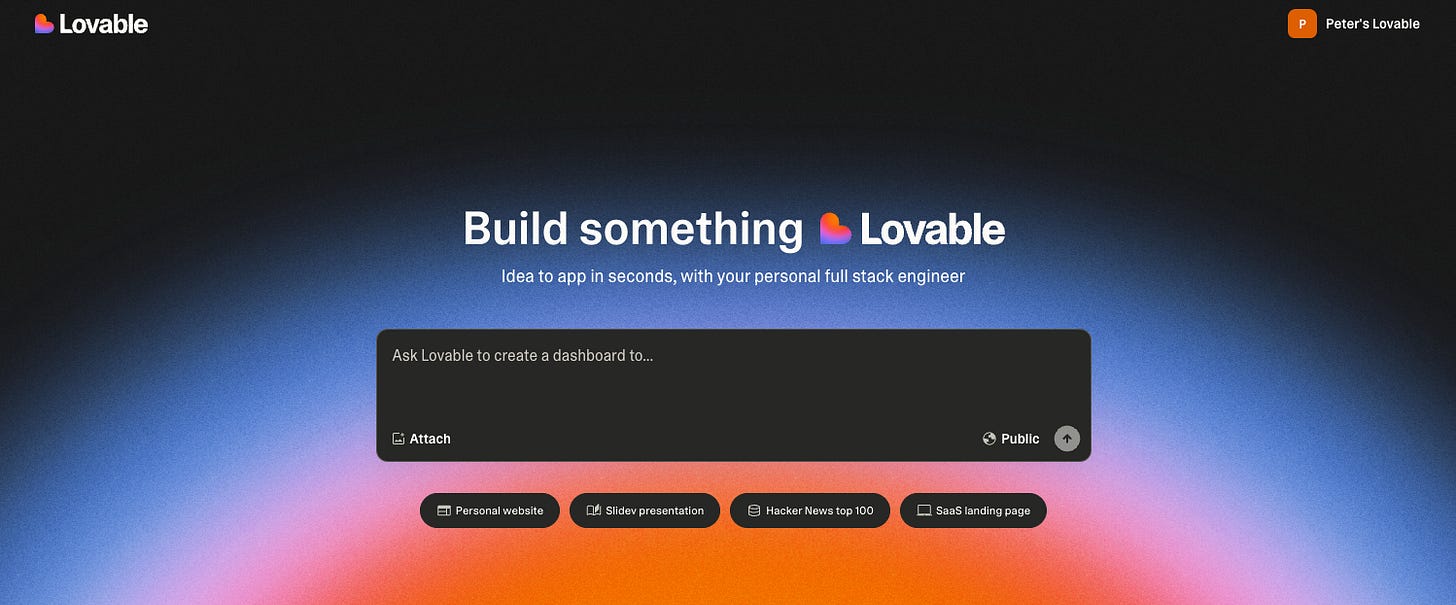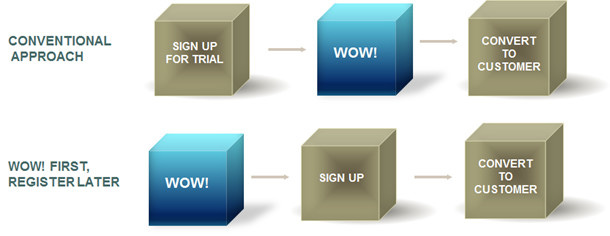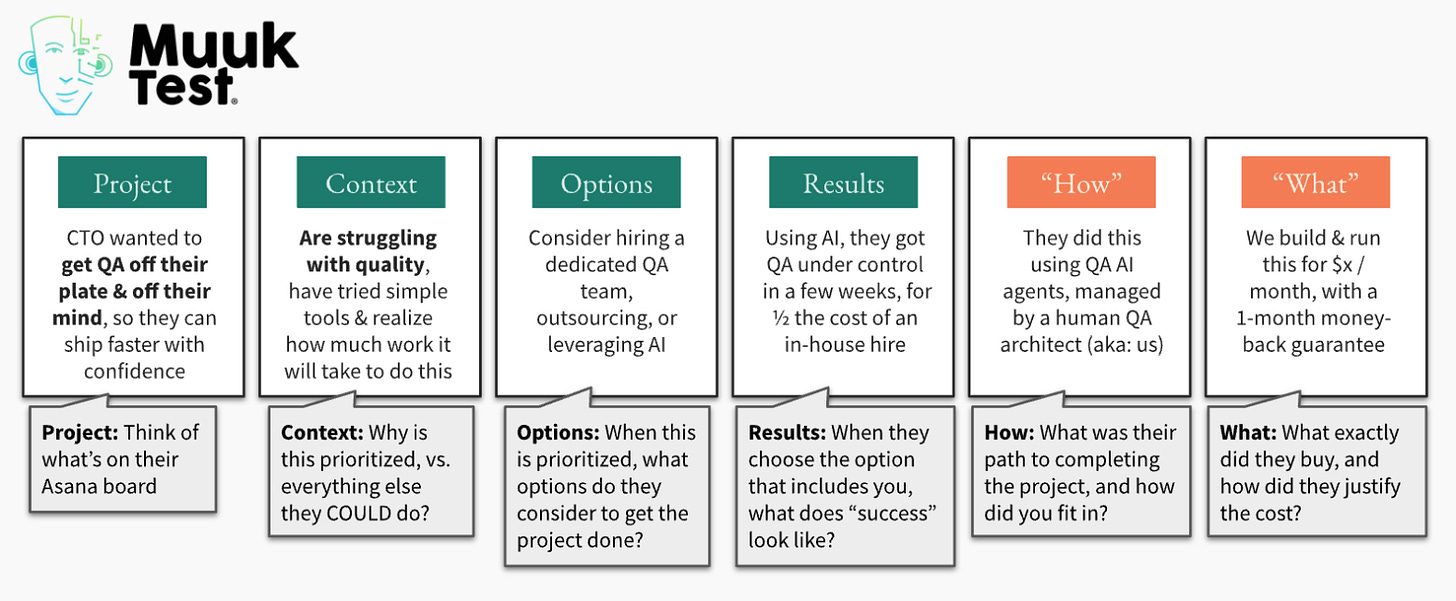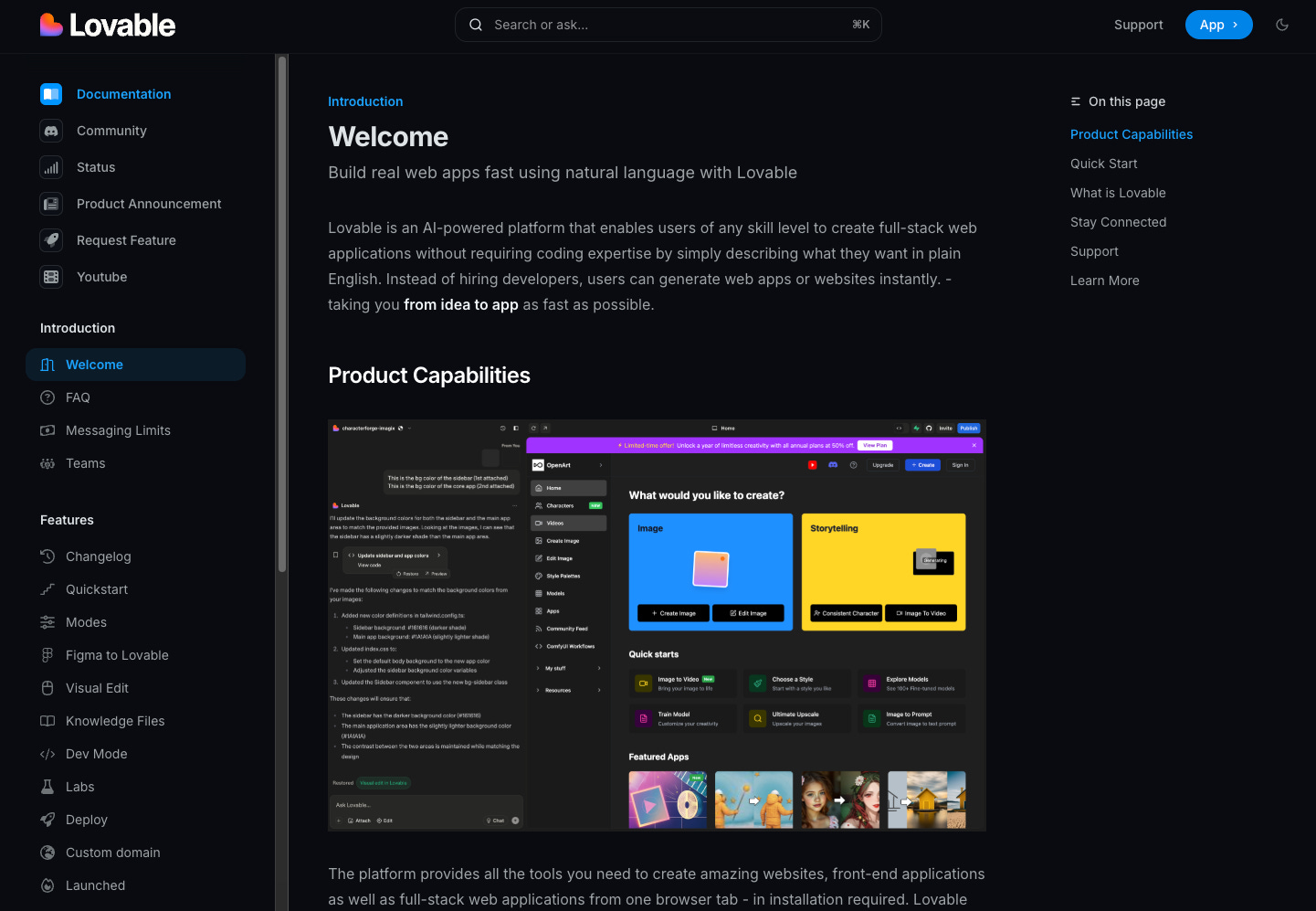I decided to put together all my resources into an Ultimate Guide for B2B Product Marketing.
This guide is raw, meaning I focus on the fundamentals and share practical links, frameworks, and mental models you can directly apply to your Product Marketing process.
By "raw," I mean I am not redesigning slides or repurposing content from original creators. Instead, I am promoting their original work here with proper credits and direct links.
Too many influencers steal content, slightly redesign it, and claim it is "original." I strongly disagree with this practice and have never done this at Growth Tribe.
Let's get started.
What is Product Marketing?
For me, Product Marketing means understanding a specific audience and their pain points. It involves positioning your product or features clearly, highlighting why you are different, and explaining the benefits and capabilities your product unlocks.
This helps attract and convince your target audience to try or buy your product.
Marketing, in general, focuses on generating leads (MQLs, SQLs), creating brand awareness, and maintaining brand guidelines. The primary objective is generating sales.
Product Marketing is a specific part of marketing, usually deeper in the sales funnel and focused primarily on the product itself.
It blends Marketing, Product, and Sales, serving as the link between product teams and go-to-market functions, often resulting in alignment with multiple internal stakeholders.
The 8 Fundamental Building Blocks for Product Marketing:
Understand your specific audience (ICP, Buying Persona, DMU).
Identify pain points and Jobs-to-be-Done.
Position your product and craft clear messaging (capabilities, features, benefits).
Define your unique selling proposition (USP) and differentiators.
Encourage trials or purchase (e.g., open trial, try before buying).
Enable sales through practical training (how-to guides, academies, proof of usage, and value).
Collaborate effectively with Product, Sales, and Marketing teams.
Measure the impact and effectiveness of Product Marketing.
Other disciplines (not covered here):
Go-to-market (GTM) Strategy: Defines your repeatable approach to identifying the right audience, positioning, messaging, channels, and measuring commercial success.
Growth Marketing: Focuses on experimentation and processes to test, validate, or optimize efforts. The goal is growth, using experiments, data analysis, and iterative processes to improve metrics like the North Star or One Metric That Matters (OMTM).
Product Marketing 101:
Key Best Practices in Product Marketing:
Fundamentals first, then AI tools. Do the fundamentals well and build repeatable and scalable systems.
Highlight capabilities, benefits, and outcomes rather than just features.
Demonstrate your product in action using video or open trials. Allow people to experience your product firsthand before purchasing, following the lead of companies like Lovable and various AI tools. User experience and expectations have evolved.
Embrace Ecosystem Marketing by collaborating with other brands to leverage mutual networks and audiences.
Partner with industry mini influencers to amplify your reach and effectively showcase key benefits.
Encourage user-generated content, enabling users to showcase their own creations or solutions built using your product.
Develop compelling case studies that demonstrate clear proof of value (level 1) and proof of realised value (level 2).
AI & Personalisation, will make it possible to hyper personalise messaging for different audiences across different channels. Even to translate your content to multiple languages.
1. Understand your specific audience (ICP, Buying Persona, DMU).
Effective Product Marketing starts with thorough market research, which should be ongoing. Ideally, conduct this research quarterly or at least every six months with your team.
Useful resources for Product Marketing Research:
Competitor analysis with Buffer: Buffer Competitor Analysis
Identify competitors' channels and content with Semrush: Semrush Competitive Analysis
Find similar companies and analyze their performance and tool stack using Dealroom: Dealroom Emerging Trends
Comprehensive guide for market research: Mayple Market Research Guide
Don’t forget the importance of customer interviews and proper research techniques. Start with the Mom Test methodology: The Mom Test
Additionally, explore the open Product Management guide for comprehensive understanding: Product Management World
Example Product Marketing Research overview made by MKT1.
Define Your Ideal Customer Profile (ICP)
After conducting thorough research, define a narrow ICP. Avoid trying to sell to everyone at once.
Use this easy ICP template from HubSpot as a reference: HubSpot ICP Template
Next, clarify your Buying Personas and Decision Making Unit (DMU).
Winning by design has a great example of finding your ICP for your Top Segments
Fletch a great positioning agency to help with positioning and making great content to explain difficult concepts, below some examples which could help with market segment + evaluation criteria and analysis:
And a good example B2B Persona-based Messaging Guide
And how to make sure your market positioning differentiators are understood for the right Persona, ICP and right problem.
Make sure you map out the persona’s:
Pains = problems + challenges
Gains = desired outcomes
Triggers = behaviours them to seek a solution/change
Blockers = obstacles or objections)
Motivators = emotional drivers that drive them
When you truly address these points so precisely, the more narrow the better, the prospect feels “this company truly reads my mind, they feel my struggles and what I try to achieve”.
Example Persona Canvas from Growth Tribe
2. Pain points + Jobs to be done.
One of the most common mistakes startups make is pushing their solution without fully understanding the customer's real pain points. It is crucial to listen first and deeply understand what problem you are solving.
Remember: no one buys a drill for the drill itself. They buy it to get a hole.
A great starting point is the Problem Solution Fit Canvas by Ideahackers: Problem Solution Fit Canvas
Secondly, study the Jobs to Be Done framework. It helps you understand the forces that drive or block people from making a change: Progress Making Forces Diagram
Also, check out this classic video by Clay Christensen on Jobs to Be Done Theory: Jobs to Be Done Video
For more practical advice, read this guide on using Jobs to Be Done in product development by Zbignev Gecis: 8 JTBD Tips
Tony Ulwick also gives a great overview of different types of jobs your product might solve: Ulwick JTBD Guide
And if you are a founder, these 10 simple questions will help you test the pain points you are solving: Founder's Pain Test.
3. Positioning a product + messaging (capability, feature, benefits)
Positioning is the art of framing your product in the right context so customers instantly grasp what you do and why it matters to them.
You first should make sure you have the company positioning with a clear mission, vision, brand story.
Use the Brand the Change Canvas:
There is a hierarchy and this should be there before you focus on the Product.
And after that the messaging per audience, or buying stages.
Example overview from MKT1 newsletter:
Example positioning process could look like below
Product Marketing Research/Market
Product Type & Comparator
Positioning Statement
Messaging
Copywriting (tone and voice)
A simple and useful formula for positioning statement is:
[Product] is a [category] for [target customer] that [solves X problem or delivers Y benefit] by [how it’s different].
Fletch made some great images to explain the messaging well with Product Category, Problem, Capabilities, Features, Benefits. See example below.
What type of product are you?
What type of problem are you trying to solve?
How do you solve it (capabilities + features)?
For positioning I also investigate:
Customer focused positioning: starting with your target audience.
Technology focused positioning: start with your product capabilities
Category focused positioning: start with your competition.
Here is the empty canvas you can use:
There are also different types of features. From Technical features, product features, to more UX and Credibility features, more abstract.
It would be good to adjust the message of where your audience is aware of the problem.
You can use the AIDAR funnel
And change the messaging based on if the problem is aware, solution is aware or product is aware.
Consistency builds credibility = more trust
Without alignment, marketing might pitch one story, sales tells another, and product thinks something else, leading to a Frankenstein message that confuses buyers.
Avoid this by treating your positioning document or homepage copy as the “source of truth” and updating it as needed.
Train people inside the company on the core messaging and make sure sales reinforces the same value proposition.
4. Define your unique selling proposition (USP) and differentiators
You must give buyers a clear reason to choose you over all the alternatives.
Your Unique Selling Proposition (USP) and differentiators communicate what makes your solution unique.
Your differentiator should be something that your alternatives can’t easily claim.
Use the one-sentence USP formula to crisply define your uniqueness:
“[Product] is a [category] for [target] that delivers [benefit] through [differentiator].”
Competitor swap test:
Apply the “competitor swap” test for uniqueness: A quick gut-check for any messaging or tagline you create is to replace your company/product name with a competitor’s name. If the statement still reads accurately for them, your messaging is too generic.
Ten Types framework
I also think the Ten Types framework from Deloitte could help to find your uniqueness and where you want to innovate + claim.
https://www.deloittedigital.com/us/en/accelerators/ten-types.html
Try to make it as clear as possible for your audience. Clarity is more important to get right first before the differentiator.
What can help is:
- Identity + Audience = Connection
- Audience + Result = Impact
- Identity + Mechanism = Differentiation
- Mechanism + Result = Proof of Competence
You can use these 4 to make content ideas:
1. Connection: Stories, lessons, vulnerabilities
2. Impact: Opinions, insights, thought leadership
3. Differentiation: Behind-the-scenes, step-by-step guides, unique processes
4. Proof of Competence: Case studies, testimonials, data
Here are 21 brands who got USP examples right:
https://cxl.com/blog/unique-selling-proposition-examples/?utm_source=chatgpt.com
5. Encourage trials or purchase (e.g., open trial, try before buying).
Product Marketing is not just to post videos on social media how to use the product.
The key is to share the content at the right places to create ‘just in time learning’ for the customer and create a seamless and enjoyable experience.
So it’s almost permission marketing.
How to create this seamless and enjoyable experience?
Self-service & Frictionless
In the age of Product-let-growth, B2B buyers expect to try before they buy. It builds trust by letting the product prove its values.
Especially in a world of AI, where tools like LovableAI or LLeverageAI demonstrate 100% self-serve and frictionless = no demo, no sales team, no long onboarding and show the value right away.
AI-native experiences are powerful and sell themselves and use a ‘usage’ model where you start to pay for the usage/credits.
https://lovable.dev/
Flip the WOW moment - show me the AHA moment as quick as possible
A trial period is short, so design your onboarding to showcase the core value fast. Use tooltips, sample data, or guided checklists to lead users to the key feature or outcome that delivers the wow factor.
You can also do this with videos and showcase the WOW moment.
David Skok wrote about this in 2016. https://www.linkedin.com/pulse/growth-hacking-creating-wow-moment-david-skok/
Controle Trials
Don’t treat a free trial as a hands-off experience. Reach out during the trial with helpful resources or offers to answer questions (without being too pushy).
Make sure you have agreed before the trial with the customer what a successful trial means and have this documented, so you can guide the experience and control it.
Measure what they do and reach out to people from the DMU if they are disengaged during the trial.
Seamless Experience
You can use tools like Beamer or Userflow to provide pop ups and a widget on your website to promote new features or explain key features.
Or user flow where you can create onboarding flows and checklists for customers.
Seamless + Right sweet spot + Right moment
Below are some examples of seamless experience, where the product marketing is providing valuable content with the right message and the right moment and place (sweet spot) and why it works.
6. Enable sales through practical training (how-to guides, academies, proof of usage, and value).
Product Marketing should produce sales enablements (content, videos, how to, tutorials, academy page, case studies, etc) to help mainly the sales team to provide valuable content to showcase the capabilities, benefits and features to potential customers.
Demonstrate Proof
People don’t trust brands anymore, they trust people way more.
It’s crucial to document true case studies to demonstrate you brought value + realise value for your customers. Proof you can demonstrate this.
Proof of Usage = Demonstrate active user engagement (Proof of usage) + onboarding with your product's core features.
Proof of Value = Provide evidence to potential customers that your product delivers the promised value.
Proof of Realise Value = Showcase measurable benefits and ROI+ impact - with customer KPIs/metrics - that customers have gained from your product.
Case Study
Rob Synder made a great presentation to how to build a powerful Case Study and make sure you write down the right:
Who are you?
Situation & Project
Challenges
Previous Options/Alternatives
Results, Outcomes & Impact
Google Slides Rob Synder: https://docs.google.com/presentation/d/1mOcfBwN2-xVxH7JcIND_CwJjW8vphqm16DbyXLV7t7k/mobilepresent?slide=id.g2e7b0e2d2cb_0_833
Fletch had another nice overview how to make a Case Study
Academy Page or How to Manuals and Guides
Example of great Academy pages are Miro or Lovable
Miro Academy
https://academy.miro.com/page/course-catalog
Lovable great product marketing
https://docs.lovable.dev/introduction
Community
Something that is underrated is community-first go-to-market. Owning a community with discord, slack or even reddit, could become a strong product marketing engine to fuel the capabilities of the product/platform and make sure you get a quick feedback loop with the community for improvements and new features.
Example Clay slack community with 20k heavy users.
Or the Miro Community with Product News and Wish lists
7. Collaborate effectively with Product, Sales, and Marketing teams.
Example of what a Product Marketing function typically chartered to own. It’s a lot…
Some simple tips:
Make sure it’s clear who owns what. Org structure and roles and responsibilities are important to manage expectations.
Agree on main company goals and quarterly KPIs that people can influence.
Have a cadence with meetings with different departments to align on progress, priority and align on goals.
Work with sales to enable them to sell, don’t overwhelm them with tasks.
Create a living content hub with easy to find content/materials.
Slack channel with content requests + customer feedback for quick feedback loops
Create a editorial calendar = content calendar with ideas/prioritise content pieces and align when to launch which content
Use the RACI matrix to clarify roles on cross-team projects.
Create simple briefings that internal stakeholders can fill out to understand their ideas and concepts.
Below is a great overview from MKT! About the different roles & accountabilities
Growth marketing
Product Marketing
Content marketing
Comm & PR
Field & Events
Brand & Creative
8. Measure the impact and effectiveness of Product Marketing.
Acquisition & Activation = trials to activate users & time to value
Win Rate / Sales Velocity (opp x deal size x win rate / cycle length)
Adoption & Expansion = feature adoption % and expansion ARR
Market perception = NPS, survey.
More about KPIs for Product Marketing.
Product Mangement.world has a great simple overview of all Product Marketing Metrics.
Key Metrics for Measuring Feature Adoption
To get Feature Adoption it’s important to measure:
Activation Rate: The percentage of users who complete critical actions that demonstrate they've experienced the feature's core value.
Time to First Use: How long it takes for a user to use the key feature for the first time.
Frequency of Use: How often users or teams interact with the feature, indicating whether it’s part of their regular workflow.
Qualitative Feedback: User surveys, stakeholder interviews, support ticket analysis, and session recordings to complement quantitative data.
For B2B Important to also look at Account Level Analysis because of you have different users and DMU is using the product different.
Account Level Analysis: Track adoption at both the user and organization level, since B2B products often involve multiple stakeholders and teams.
Role-Based Tracking: Consider user roles and permissions, as not all users will have access to every feature
Another useful tool is the Feature Adoption Funnel
Bonus: Product Marketing Tools
Some of my favourite B2B Product Marketing Tools:











